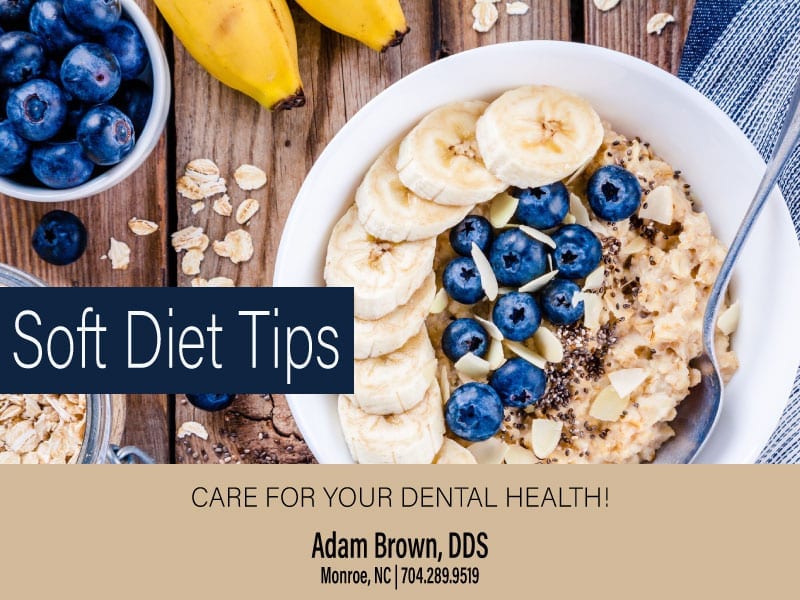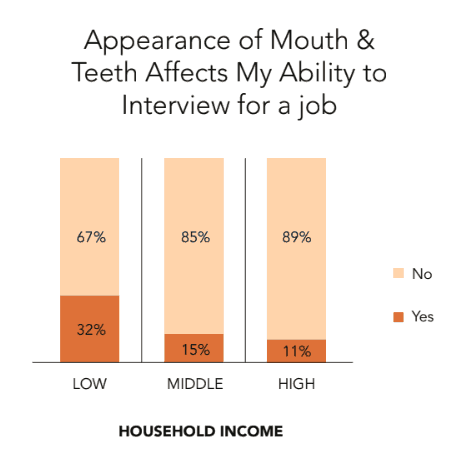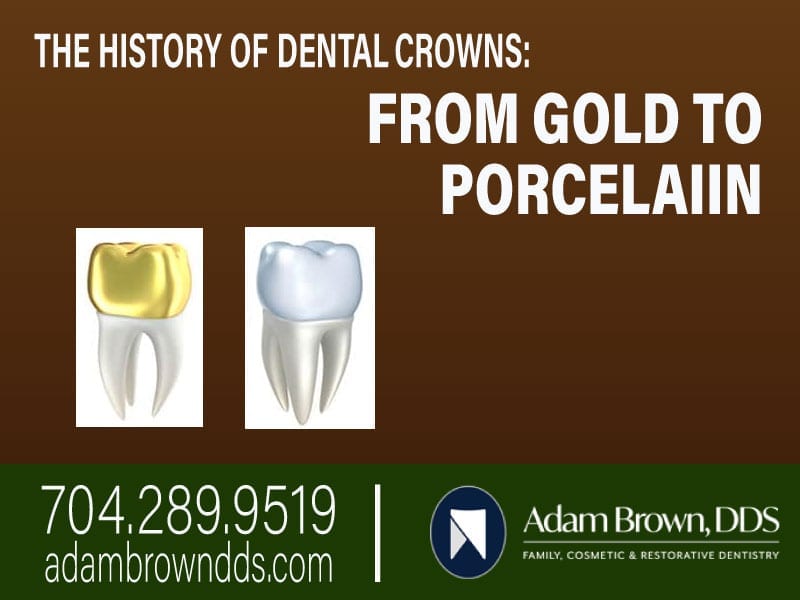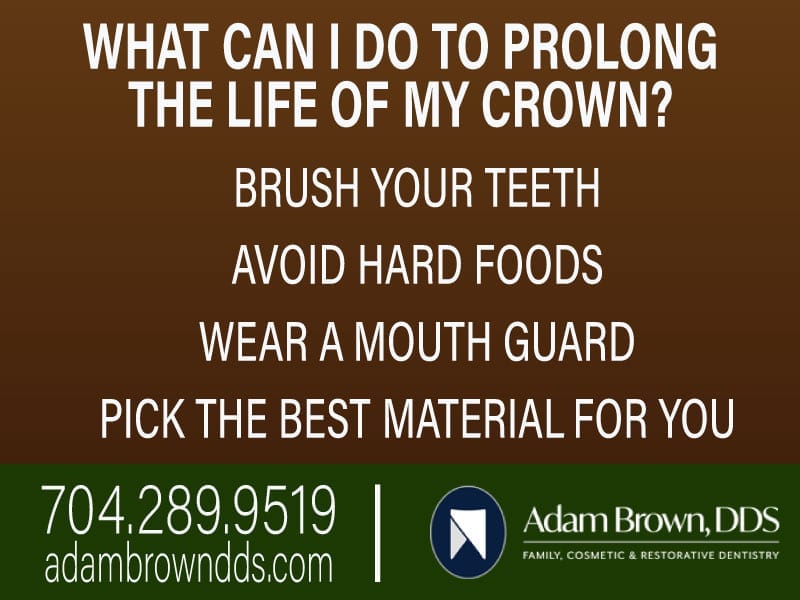Artificial Intelligence Advances in Dentistry
Advances and New Technology – Artificial Intelligence in Dentistry
The integration of artificial intelligence is happening all around us: it’s in, and has been for some time, the automotive industry; it can be seen–and at times relied on a bit too much–in the education system; we are even beginning to see more of its presence within the dental industry, as individual practices, dental schools, oral health researchers, and policymakers are preparing for the next step in evolution. Despite our many feelings on the growing presence of AI, it is here and many industries and methods of procedure will change forever. This leaves many wondering how the dental industry will change as our relationship with AI grows.

To give an idea of how important the topic of AI in dentistry is, over three hundred workers within the industry from 30 countries joined together in a symposium to present and discuss different AI prototypes, smartphone apps, and other new technologies currently being created and perfected and soon to be incorporated into the field of dentistry.
Clearly, the potential for AI applications is plenty and is continually growing. Here are some of the ways artificial intelligence is already being used to improve oral healthcare:
- Automated Communication: dental offices can presently provide 24/7 communication through the use of chatbots and voice assistants to access patient information, provide treatment options, schedule appointments, and reduce waiting times.
- Dental Robotics: these robots can handle simple, laborious jobs such as cleaning and polishing teeth so that dentists and the crew can focus on the more complex procedures.
- Virtual Reality Simulations: AI-powered virtual reality can be used to simulate immersive and interactive experiences so that patients can better understand various dental practices and their potential side effects. This process can drastically reduce patient anxiety, and it improves general education.
- Predictive Analytics for Disease Prevention: we can now use AI to analyze patient records to predict the possibility of specific oral health diseases, which can promote effective intervention and prevention.
- Image Analysis and Interpretation: even images themselves can be analyzed and interpreted by AI. These are x-rays, CT scans, etc. where abnormalities can be identified so that dentists can make precise treatment decisions.
- Diagnosis and Treatment Planning: particular algorithms used by AI can analyze patient records to directly communicate with the dentist so she can help make accurate diagnoses and create personalized treatment plans.
The Future of AI in Dentistry
Even without the incorporation of artificial intelligence within dentistry, the oral health industry has come a long way. In our lifetime, we have seen processes go from primitive dental drills to advanced dental implants and more. As dentistry continues to evolve at such a rapid pace, AI has clearly become a driving force in its advancement.
More and more we see in reality what was only a few short years ago considered to be straight out of a science fiction movie. AI is already revolutionizing many industries, including dentistry, and it is only gaining in momentum. As we can see, presently AI allows for increased accuracy and efficiency in diagnostic treatments, as it can analyze vast amounts of data quickly, which then allows dentists to make informed and timely treatment decisions. AI is already improving patient outcomes and levels of satisfaction by providing personalized treatment plans that are specifically tailored to the individual. We can thank AI for saving us money as well. For both patients and practitioners, artificial intelligence can streamline diagnosis and treatment processes, which saves time and effort–and therefore plenty of money.
But what does the future of artificial intelligence look like? As AI is constantly growing, it is hard to say exactly what the future of dentistry will look like, but we do have a pretty good idea. Here are just a few of the impacts on dentistry expected in the near future:
- Improved Diagnostic Accuracy. As AI algorithms become more accurate in detecting dental diseases and conditions, we will begin to get the most accurate diagnoses we ever have.
- Predictive Analytics. As mentioned earlier, we currently use AI to analyze patient data and predict the likelihood of certain dental diseases, which allows for earlier intervention and more effective treatments. This will only advance and become more personalized so that individual information is not only addressed but it is remembered and analyzed on deeper levels.
- Dental Robotics. With more sophisticated robotics on the way, the presence of dental robots is predicted to increase. This will provide greater accuracy and efficiency when it comes to various dental procedures by slowly eliminating the potential for human error.
- Augmented Reality. We expect to see more use of augmented reality within the dental field, as it allows dentists to visualize and plan treatments in 3D. Having this capability will improve precision and accuracy during procedures.
- Digital Impression Scanning. Advancements in this area are expected and are predicted to allow for more accurate and efficient impressions of patients’ teeth so that there will be less of a need for the uncomfortable and time-consuming process of creating traditional impressions.
- Improved Patient Communication. AI chatbots and voice assistants are already in use, but they are expected to become even more prevalent so patients can be provided with 24/7 access to information and support on a higher, more personal level. This includes treatment options and appointment scheduling even when a dental office is closed.
AI is already a big part of the dental field, and we will only see it grow over time. But you do not have to wait for the advancement of artificial intelligence before taking your oral health seriously. The time to prevent possible oral health issues is now.
The most important aspect of preventative dentistry is that one, simple visit could identify life-threatening diseases. Like many areas of the body, your mouth is teeming with bacteria, most of it harmless. Normally the body’s natural defenses and good oral health care, such as daily brushing and flossing, can keep these bacteria under control. However, without proper oral hygiene, bacteria can reach levels that might lead to oral infections, such as tooth decay and gum disease. Not only that, but certain medications such as decongestants, antihistamines, painkillers, diuretics, and antidepressants can reduce saliva flow. Saliva washes away food and neutralizes acids produced by bacteria in the mouth, helping to protect you from microbial invasion or overgrowth that might lead to disease. So be sure to keep up on your oral maintenance, as well as your regular checkups–and if you feel you are in need of a cleaning or if you are experiencing any pain or pressure coming from the gums or teeth, schedule an appointment with us right away.







 Step 2) The implant is uncovered and the dentist attaches an extension, called a post, to the implant. The gum tissue is allowed to heal around the post. Some implants require a second surgical procedure in which a post is attached to connect the replacement teeth. With other implants, the implant and post are a single unit placed in the mouth during the initial surgery. Once healed, the implant and post can serve as the foundation for the new tooth.
Step 2) The implant is uncovered and the dentist attaches an extension, called a post, to the implant. The gum tissue is allowed to heal around the post. Some implants require a second surgical procedure in which a post is attached to connect the replacement teeth. With other implants, the implant and post are a single unit placed in the mouth during the initial surgery. Once healed, the implant and post can serve as the foundation for the new tooth.


